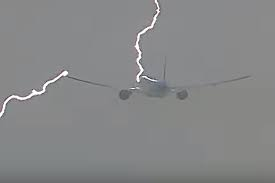
20 Jul Some Fascinating Flying Facts
Our still relatively recent ability to fly is an interesting phenomenon. We are able to travel through the air faster than ever before, and we do so while defying both our human instincts and the laws of gravity.
We have all travelled by plane at least one time, and accept that it works and gets us to our destination. Behind the scenes there’s a lot going on.
- Pilots must eat different meals
If one of the vacuum-packed meal kit sets is contaminated in any way, both pilots could be lost at once. Most airlines advise co-pilots to not eat the exact same thing. One pilot will usually eat the food in business class, while another may have to eat first class.
- Most plane trails are just water
Some people are convinced that the condensation left by planes contains dangerous biological agents. It’s hard to imagine how disappointed they would be when they found out that the water vapour is almost all there is. For Aircraft part suppliers, visit Aerfin, who are a leading Aircraft part suppliers.
- Lightning can strike planes
It’s not surprising that metal giant jets, which cruise at 30,000 feet, have to endure a few lightning bolts, given the Empire State Building is struck by lightning about 25 times per year. Modern planes are built to send electric currents out of the tail and through the fuselage, avoiding the interior. The last major plane accident happened in 1967 when a strike from a stray object caused the fuel tank of a poorly designed aircraft to explode.
- The majority of people in the world have not set foot on an aeroplane
When you stop to think about it, the normalisation and expansion of air travel are a ‘rich-country’ phenomenon. A 2020 study revealed that only 11% (of the entire world population) flew in 2018. An elite 1% of frequent fliers contributes more than half of aviation’s CO2 emissions.


No Comments